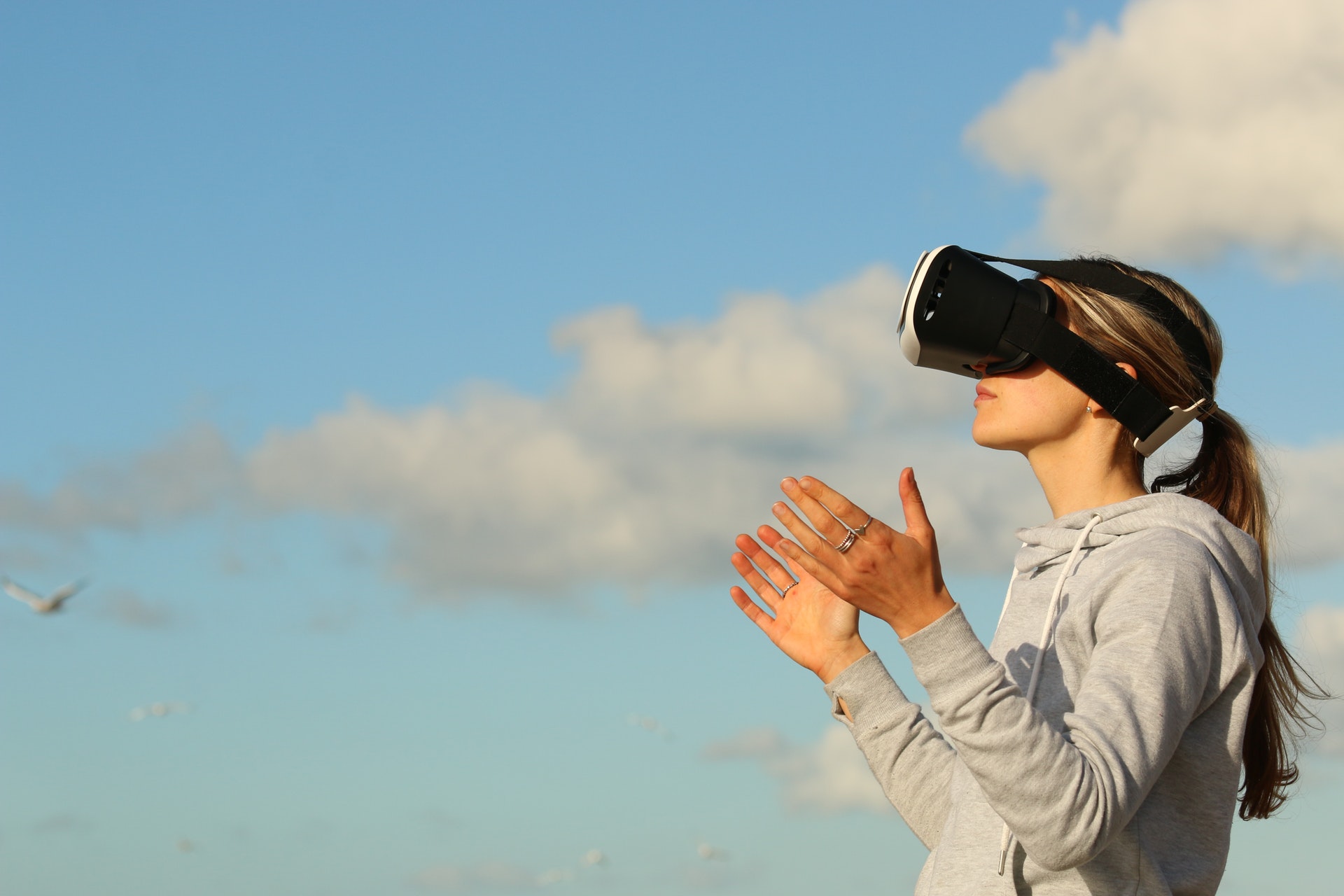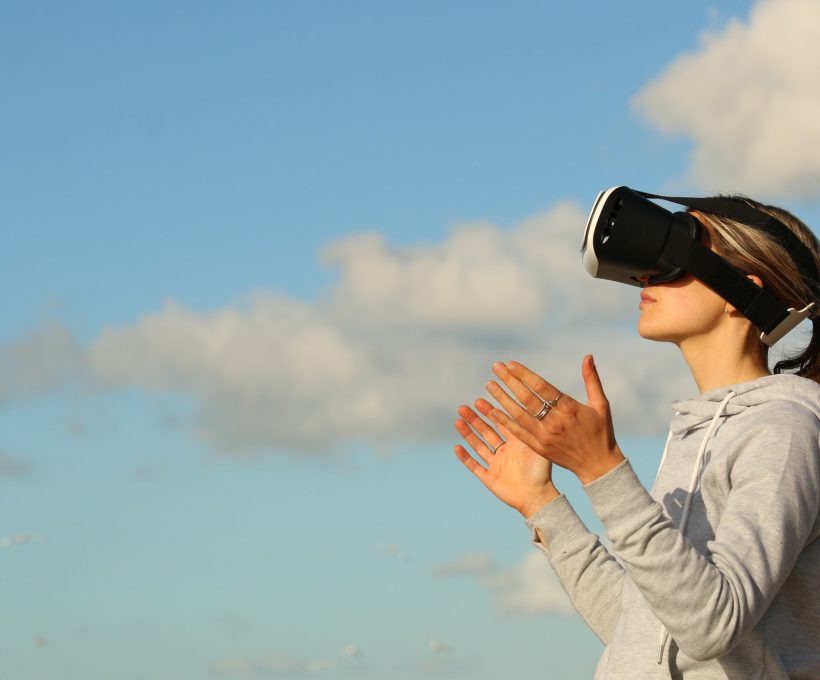(Above) Although its use in mental health treatment is still being explored, VR has proven itself as a welcoming addition into mental healthcare. The story by Forbes here; photo by Bradley Hook from Pexels.
In recent decades, mental health has been given more attention than ever before with more people acknowledging its equal importance to physical health.
Through awareness and education, people have also come to recognise that mental illnesses, such as depression, anxiety and bipolar disorder, can affect anyone, regardless of gender, age, and social status.
Mental health comprises emotional, psychological and social well-being, therefore maintaining a positive one gives us countless of benefits, including greater productivity, improved relationship with others and better stress management.
With today’s advancements in tech, more innovations in mental healthcare are becoming accessible for mental healthcare professionals, as well as for people affected by mental health issues.
For instance, tele-health via phone or videoconference allows mental healthcare providers to treat patients remotely.
This not only reduces costs and improves access to mental healthcare services; it could also help patients to feel more comfortable in seeking treatment.
Meanwhile, researchers are utilising big data and analytics on data found through online searches and social media usage and interactions in the hope of discovering and understanding trends, which can impact diagnosis and treatment of mental illness.
And through the Internet, those afflicted by mental health issues who are unable to find or are uncomfortable with support groups in their area could also opt for online support groups.
As users in such groups can stay anonymous, they are more likely to open up with other participants concerning their struggles in life.
People can also use their smartphones to boost their mental well-being through the various mental-health related apps that aim to reduce stress and anxiety and as mood boosters. Examples of these apps include Breathe2Relax, Happify, Headspace, and MY Moodigo.
Despite these aforementioned innovations, many would argue that the use of tech could be detrimental to our mental health, especially when it involves social networking sites.
This doesn’t mean that we should avoid technology altogether, considering that it is now part and parcel of our daily life.
Instead, we should treat technology, such as our use of mental health-related apps, as our first step towards better mental well-being.
In the long run, we need to learn how to balance our online and real-world activities in order to ensure positive mental health.
This can be done by taking the occasional tech breaks and occupying our time with activities that benefit our overall well-being and our surrounding community.
Most importantly, if we find ourselves struggling with our mental health, we should have the courage to talk to our loved ones about it and seek professional help.
And just as important, if someone opens up to you about their mental health problems, one of the best things you can do is to just be there and to listen to them, rather than worrying about the best advice to give.
This is a weekly column by SarawakYES! – an initiative driven by Faradale Media-M Sdn Bhd and supported by Angkatan Zaman Mansang (AZAM) Sarawak – to provide advice and stories on the topics of education and careers to support Sarawakians seeking to achieve their dreams. Join us on Facebook, Twitter, Instagram and YouTube.
This article first appeared on The Borneo Post, visit this link: http://bit.ly/2wkSHJV




